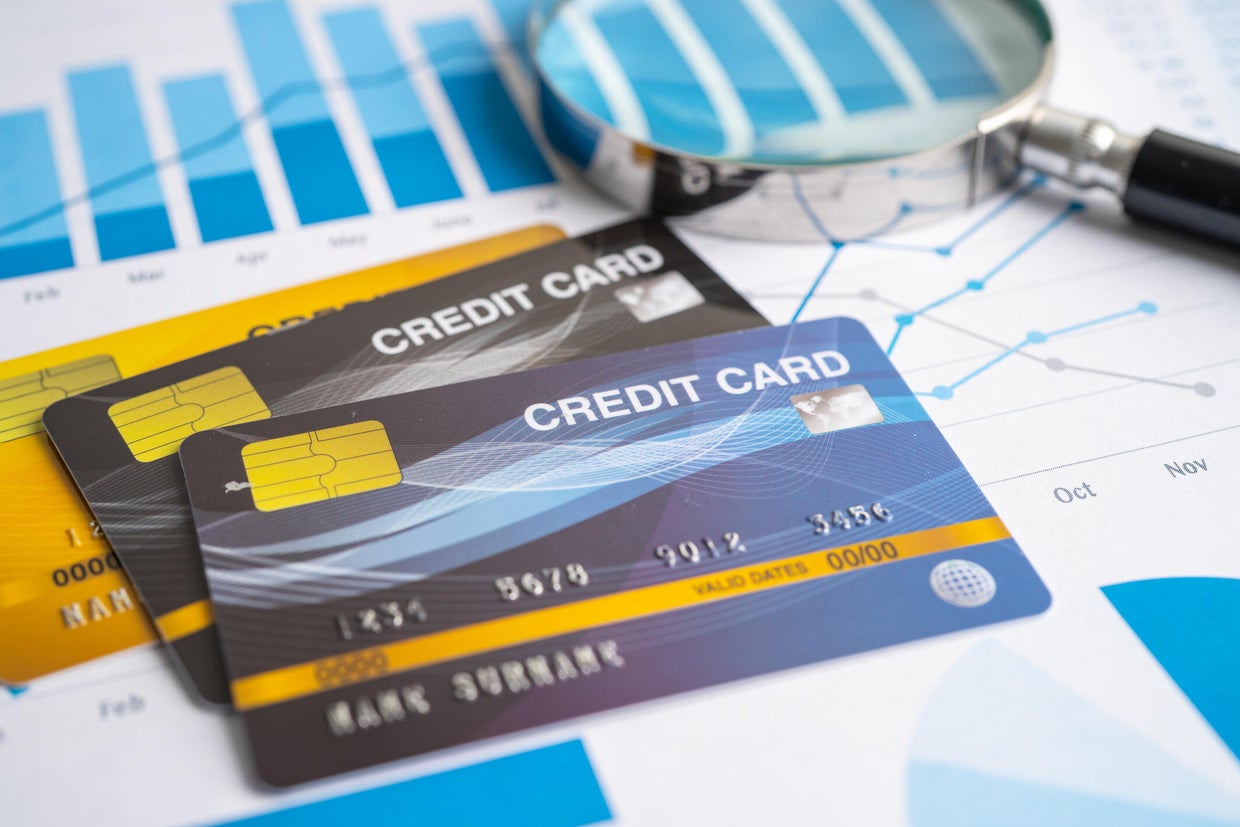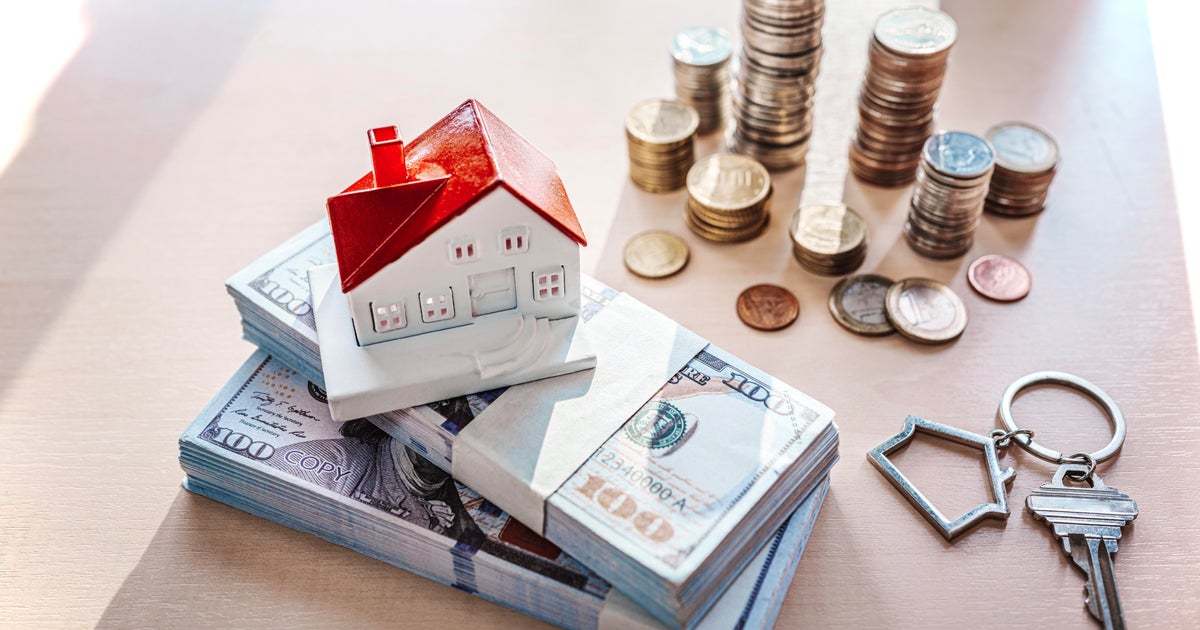More cardholders are paying the bare minimum: How to lower your credit card debt now
A large number of Americans have been struggling to make ends meet right now — and that's especially true for those carrying credit card debt. Case in point? The latest Large Bank Credit Card and Mortgage Data report from the Federal Reserve Bank of Philadelphia, released this week, shows a concerning trend: More Americans are paying only the minimum on their credit card balances. In the fourth quarter of 2024, 11.12% of credit card accounts made only the minimum payment, the report shows, up from 10.87% the previous quarter. That marks the highest rate in the 12-year history of the data series.
This uptick suggests that a growing number of cardholders are struggling to manage their credit card debt effectively. That's not the only debt-related issue that the report identified, either. The percentage of credit card accounts 90 days past due also reached a new high during the same period. This spike in delinquencies indicates that many consumers are not only relying on minimum payments but are also falling behind on their obligations. Revolving card balances also hit new highs, further underscoring the financial strain faced by cardholders.
If you're among the growing number of Americans making just the minimum payments, you may be looking for ways to better deal with your credit card debt. And while getting rid of this type of revolving debt can be difficult, it's certainly not impossible. In fact, there are a few strategies you can use this April to try and lower your total credit card debt.
Find out about the debt relief options that could lower your credit card debt today.
How to lower your credit card debt this April
The following debt relief options may help you lower your credit card burden now:
Debt settlement
Debt settlement, also know as debt forgiveness, involves negotiating with creditors to pay less than the full balance owed in return for a lump-sum payment on the account. As a result, this approach can directly lower your debt burden, provided that the negotiations are successful — reducing your total debt by 30% to 50% or more on average. But while this strategy can be incredibly effective at reducing the principal amount owed, you should also be aware that this type of debt relief can also damage your credit score and may create tax liability for the forgiven debt. For those dealing with high amounts of card debt, though, the risks could be well worth the rewards.
Speak to a debt relief expert about the right strategies for your debt now.
Consolidate multiple debts into one
Debt consolidation allows you to combine multiple credit card balances into one loan with a lower interest rate. With credit card rates currently averaging above 22%, consolidating through a personal loan at a rate closer to 12% can significantly cut interest costs and provide a structured repayment timeline with fixed monthly payments. This approach doesn't just help lower your debt, either. It also creates a clear path to becoming debt-free while simplifying your financial life. However, you'll need to have a decent credit score to qualify for a low-rate loan.
Transfer your balances to erase interest
Many credit cards offer promotional 0% interest periods on balance transfers which typically last from 12 to 21 months. Transferring your current high-rate balances to these cards can provide breathing room to pay down the principal without accruing additional interest, effectively lowering the total you owe by removing interest temporarily. However, most balance transfer cards charge a transfer fee (which is typically 3% to 5% of the transferred amount), and you'll need good credit to qualify.
Enroll in a debt management plan to lower your rates
Credit counseling agencies offer debt management plans that can lower your credit card interest rates via prearranged agreements with credit card issuers. These debt management plans typically reduce rates significantly while providing a structured multi-year repayment timeline. You'll make one monthly payment to the counseling agency, which distributes funds to your creditors, which can also streamline the repayment process — which is a big benefit if you're struggling to manage multiple credit card debts simultaneously.
File for bankruptcy to wipe the slate clean
While a last resort, filing for bankruptcy can provide a fresh start when your debt becomes truly unmanageable. Chapter 7 bankruptcy can eliminate most unsecured debts including credit cards, while Chapter 13 creates a court-supervised repayment plan. Both options have significant long-term effects on your credit, but both can also provide significant relief when other options aren't feasible.
The bottom line
The increasing number of Americans making only minimum payments signals a troubling trend. After all, the minimum credit card payments that keep your account in good standing primarily cover just the interest while barely touching the principal balance, extending your debt repayment for decades and multiplying the overall cost.
But taking action now — before your financial situation deteriorates further — provides more options and better outcomes. Begin by stopping the accumulation of new debt, then select a strategy that matches your financial circumstances and goals. And remember that seeking help isn't a sign of failure but a step in the right direction toward financial wellness.




